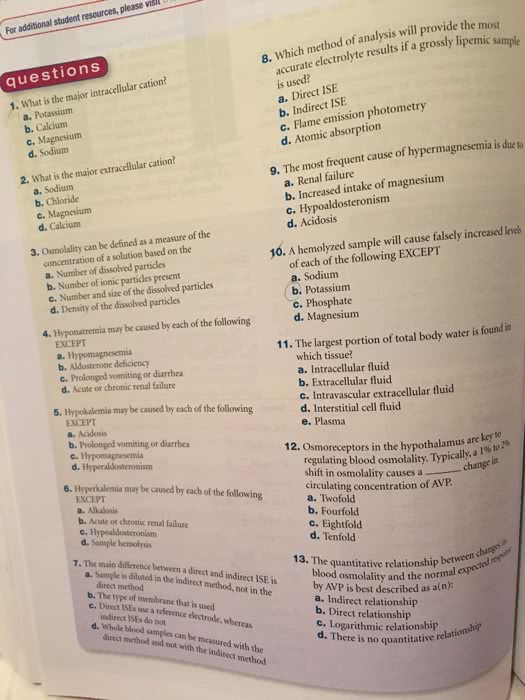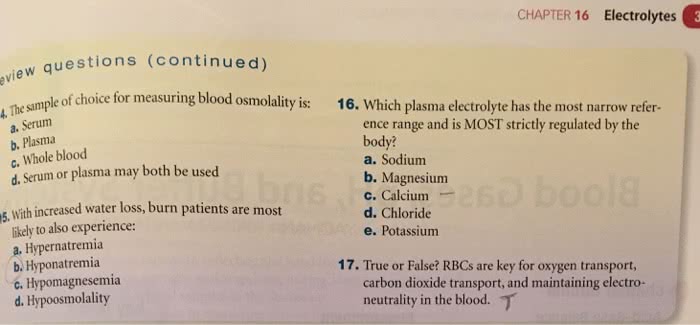HUN 2201 Chapter Notes - Chapter 7: Synovial Fluid, Fluid Compartments, Adipose Tissue
Document Summary
50-70% of our body weight is fluid. Of body fluid is stored in cells. Of body fluid is not stored in cells. Ex. cerebrospinal fluid, mucus, synovial fluid between joints. Some tissues have more fluid than others. Sodium, potassium, chloride, phosphorus, calcium, and magnesium. Necessary for a majority of chemical reactions within the body. Solutes are transported via blood which is partly water. Lipids attach to water soluble proteins for transport. Fluids help maintain a stable body temperature fluid. Ex. cerebrospinal fluid, amniotic fluid, synovial fluid, tears, saliva, pleural. Cell membranes are not permeable to electrolytes. Osmosis - fluids seek balance on both sides of membrane. Stay where they are unless active transport occurs. Excess diarrhea and vomiting can cause fluid loss to the point of. Lose more water than electrolytes, causing an imbalance hospitalization. Influx of sodium into the nerve cell is what causes depolarization. Release of potassium from the nerve cell is what causes repolarization.



